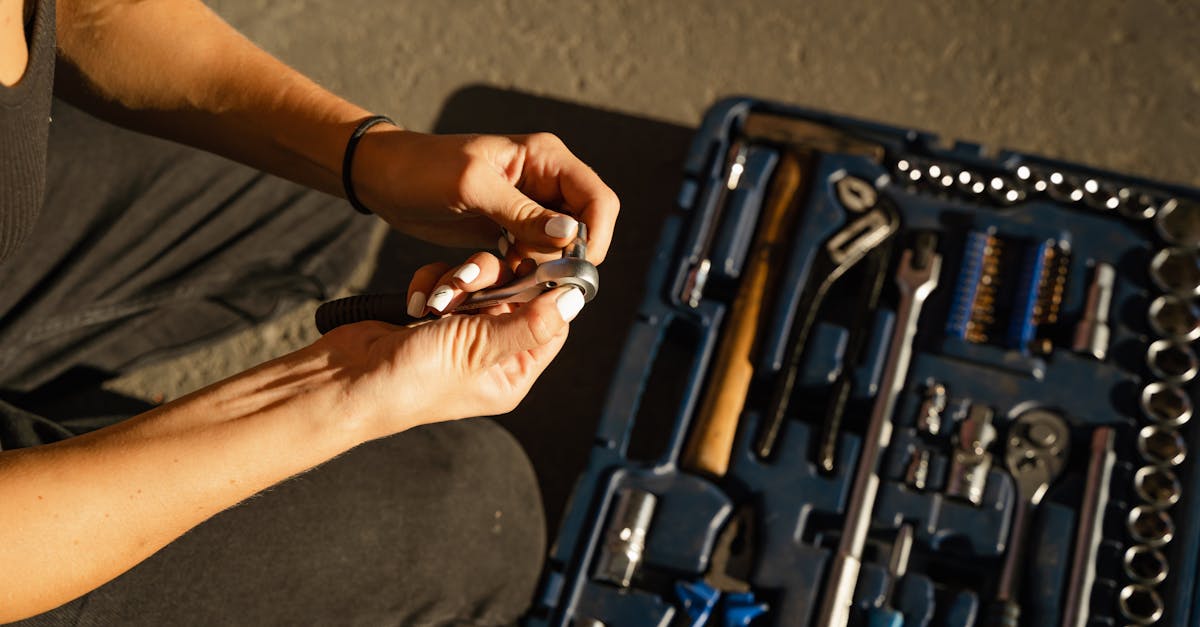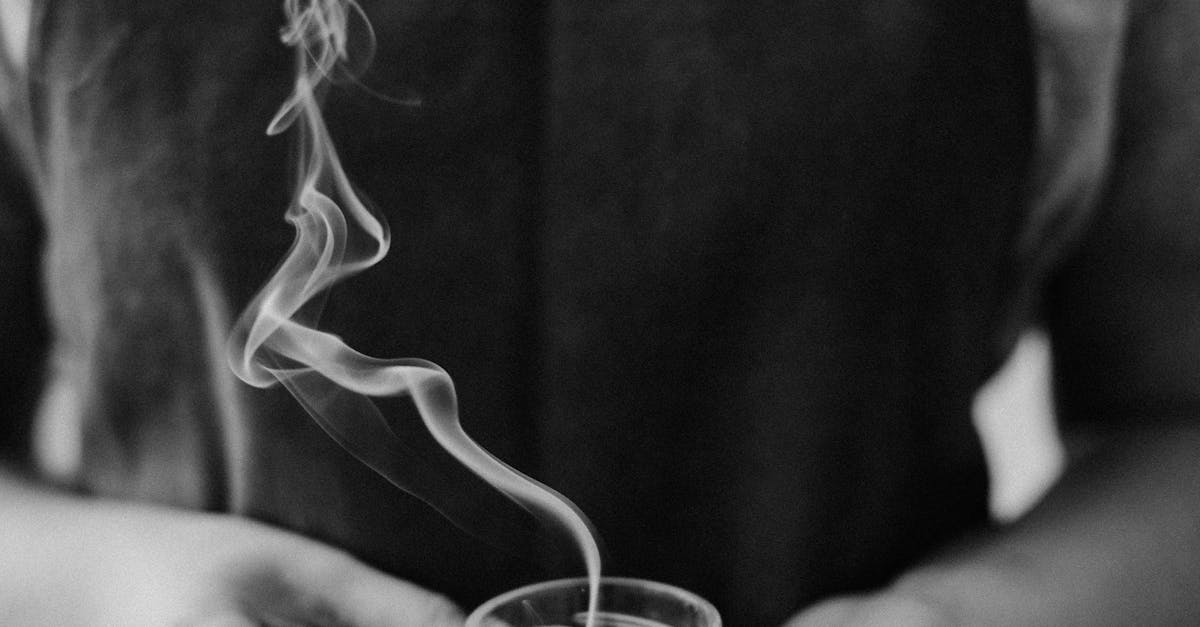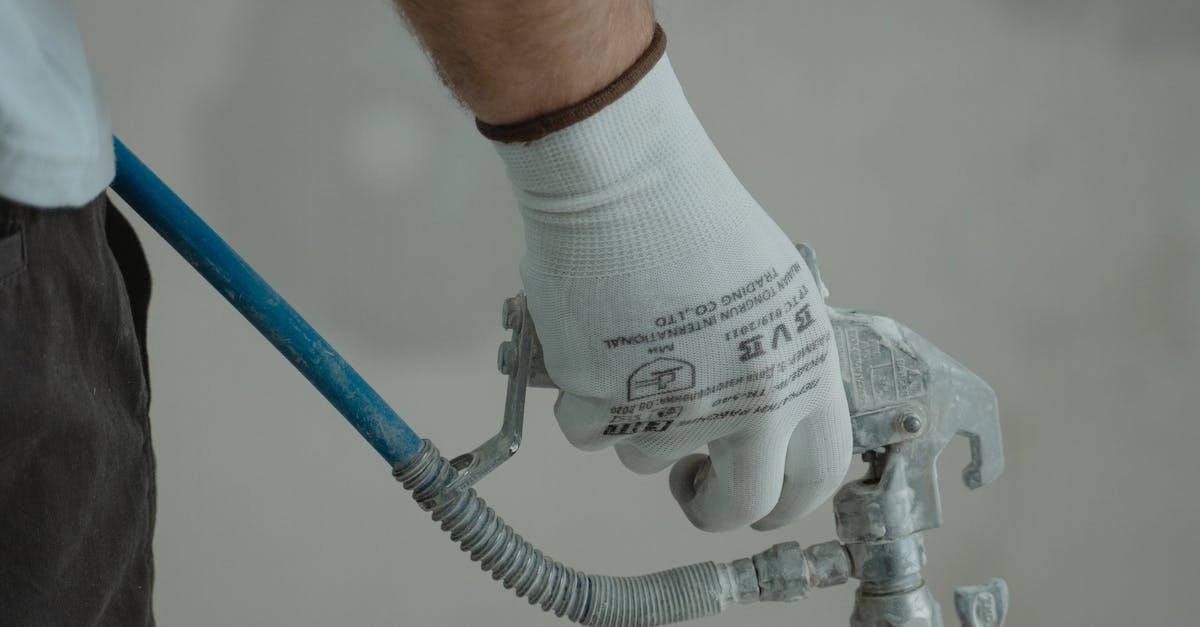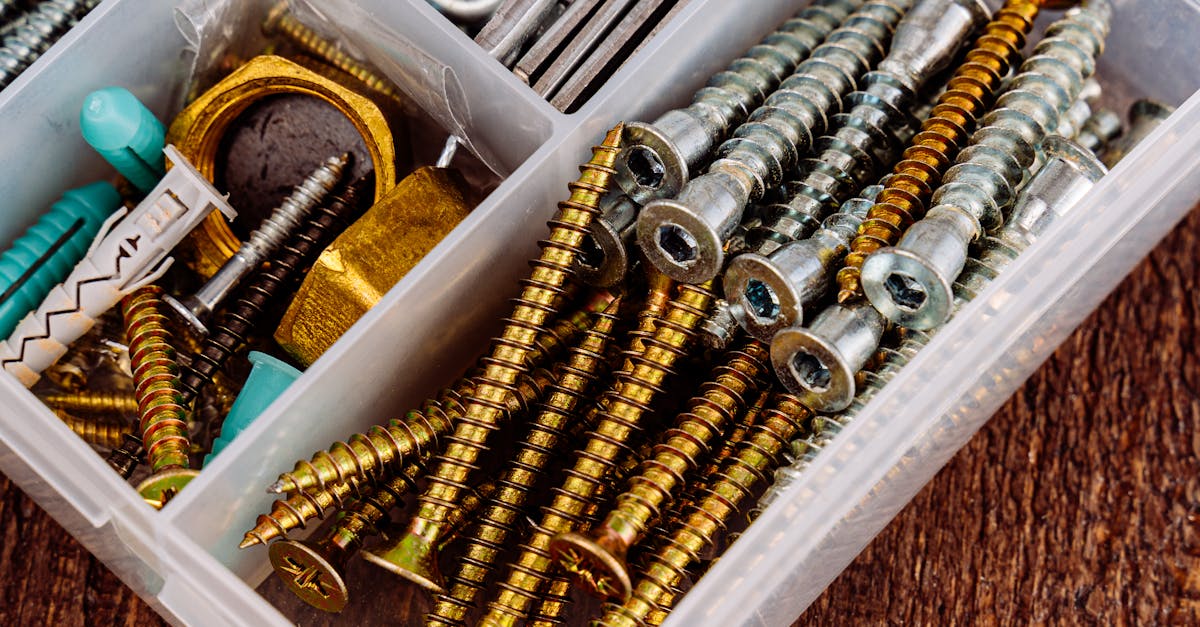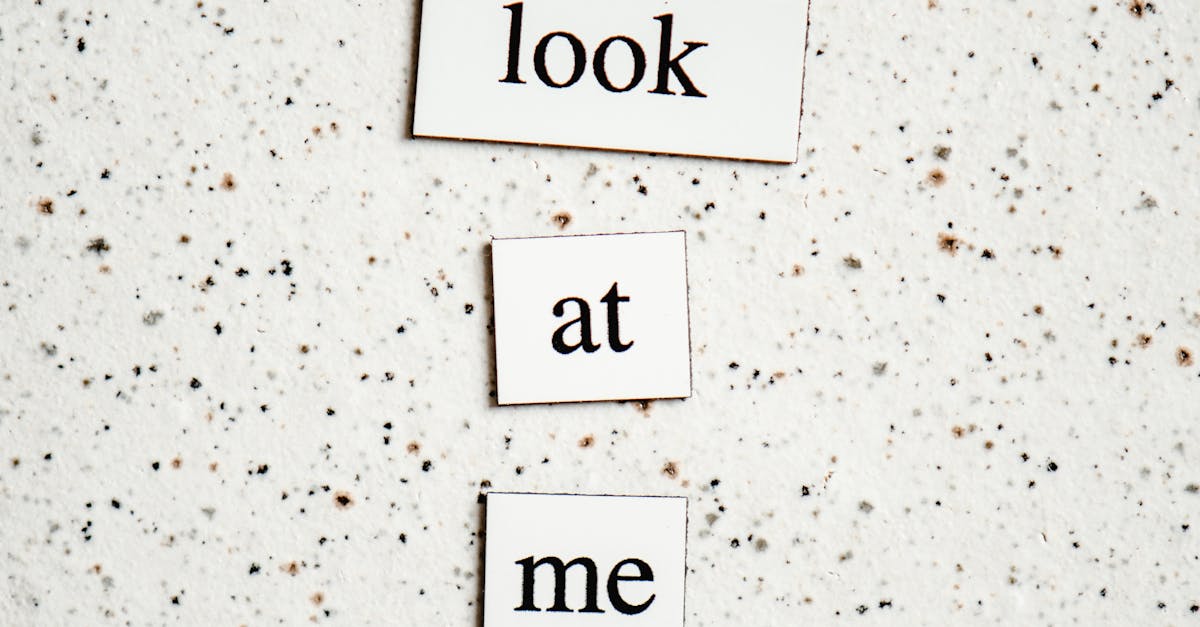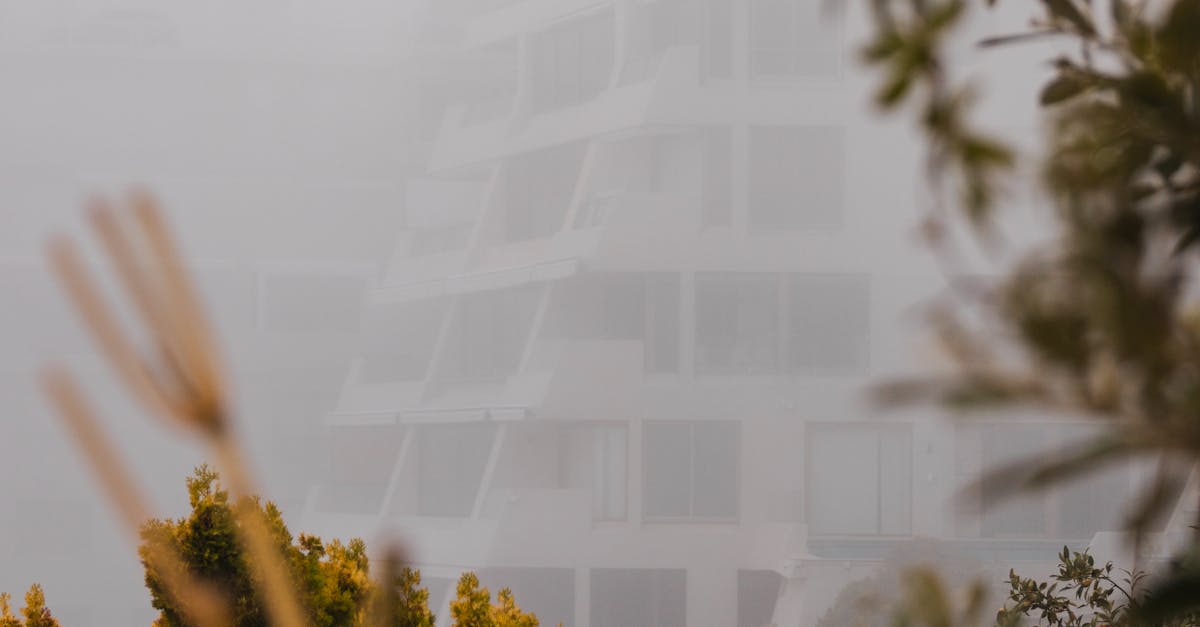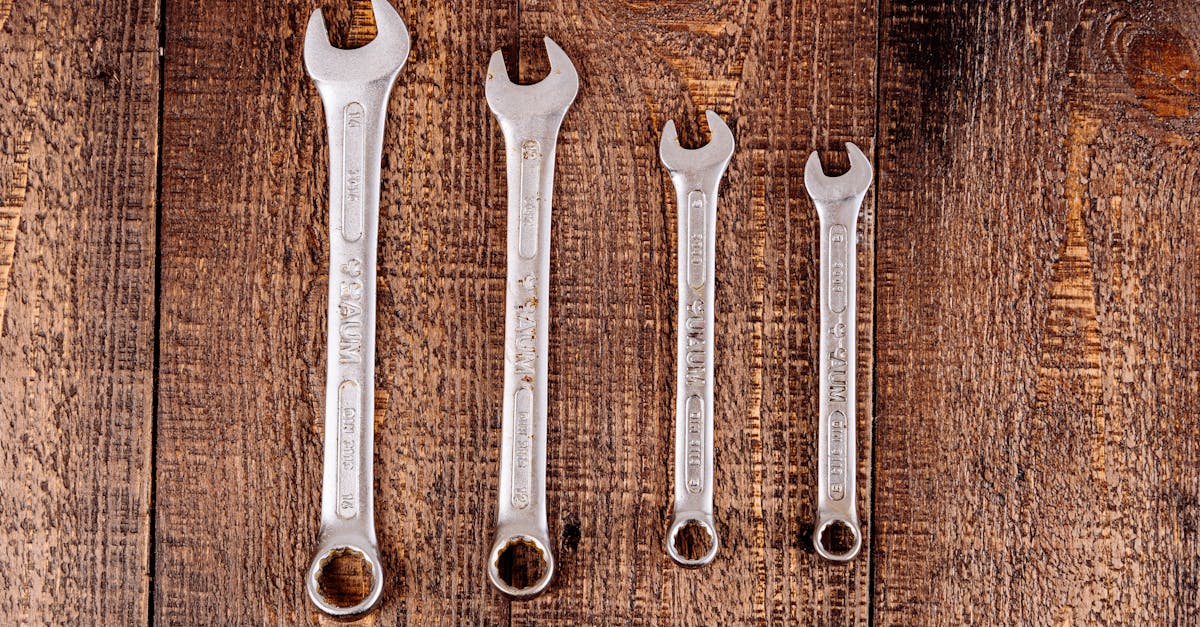
Table Of Contents
Using Waterproof Paint
Waterproof paint serves as an effective and budget-friendly option for those facing minor shower repairs. This type of paint is specifically designed to withstand the moist environment of a bathroom, providing a protective barrier against water damage. Homeowners can find a variety of colors and finishes, making it easy to customize the look of the shower while enhancing its durability. Applying waterproof paint can rejuvenate a tired shower wall, giving it a fresh appearance without the need for expensive renovations.
Before applying waterproof paint, proper surface preparation is crucial. Cleaning the shower wall thoroughly ensures that dirt and soap residues do not interfere with adhesion. Any peeling paint or damaged areas should be sanded down, allowing the new coat to bond effectively. Following the manufacturer's instructions regarding application techniques will optimize results. Ensuring the chosen product is suitable for bathroom use can significantly extend the life of any shower repairs.
Application Techniques for Longevity
When applying waterproof paint to the shower wall, proper surface preparation is crucial for long-lasting results. Start by cleaning the area thoroughly, removing any soap scum, mold, or mildew. Use a mild detergent mixed with water and a scrub brush to achieve a clean surface. Mistakes during this process can lead to peeling or discoloration down the line. Once dry, applying a primer designed for high-moisture areas can significantly enhance adhesion. This step is particularly important if the existing paint is glossy or has seen better days.
For the actual paint application, opt for a high-quality waterproof paint that can withstand the rigors of a shower environment. Utilizing a roller can help cover broad areas quickly, while a brush is useful for corners and edges. Avoid applying too thick of a coat; instead, consider multiple thin layers for improved durability. After completing the shower repairs, allowing adequate drying time between coats is essential. This approach ensures that the finish remains intact longer and provides better resistance against future water damage.
Sealing Gaps and Joints
Sealing gaps and joints is crucial for maintaining the integrity of your shower wall. Over time, the accumulation of moisture can lead to mold growth and water damage. By effectively sealing these areas, you can greatly reduce the risk of future issues. Pay close attention to corners, edges, and where different materials meet, as these are the most vulnerable spots. A thorough inspection will help identify any gaps that need immediate attention during your shower repairs.
Choosing the right materials for sealing is equally important. Opt for high-quality, waterproof sealants specifically designed for wet environments. Silicone-based sealants are often recommended due to their flexibility and durability. Additionally, ensure that the application is done neatly to avoid any unsightly finishes. A well-sealed shower will not only look better but will also save you time and money on repairs down the line.
Best Budget Sealants
Selecting the right sealant can significantly impact the durability of shower repairs without breaking the bank. Acrylic and silicone sealants are often the most cost-effective options. They provide a reliable barrier against water damage and can be easily applied by homeowners. Many brands offer budget-friendly products that are specifically designed for wet areas. When choosing a sealant, ensure it is labeled for bathroom or shower use, as these formulations often have added mold and mildew resistance.
Another economical choice is polyurethane sealants. Though slightly higher in price than acrylic options, they offer excellent adhesion and flexibility, making them ideal for areas exposed to frequent water exposure. When applying sealants, meticulous attention to detail is crucial. Proper surface preparation and following the manufacturer's instructions can enhance the performance of your sealant, prolonging the effectiveness of shower repairs and reducing the need for frequent reapplication.
Maintenance Tips for Longevity
Regular maintenance is key to extending the life of your shower wall and minimizing the need for costly shower repairs. Inspect the wall regularly for signs of moisture or mold. Any small issues, like peeling paint or cracking seals, should be addressed immediately to prevent bigger problems. Keep the area well-ventilated to reduce humidity buildup, which can lead to water damage. Cleaning the surfaces with mild, non-abrasive cleaners will help maintain the integrity of the paint and sealants used.
In addition to routine checks, consider implementing a simple cleaning schedule that involves wiping down the walls after each use. This will remove soap scum and moisture, cutting down on the potential for mold growth. Ensure that all joints and seams are properly sealed. If a seal starts to wear down, replace it promptly to avoid compromising the surrounding areas. By staying proactive with maintenance, you can minimize the frequency and expense of shower repairs in the long run.
Preventative Measures to Avoid Future Damage
Maintaining a shower wall requires consistent attention to prevent future damage. Regularly inspect for any signs of mold or mildew, as these can quickly escalate if left untreated. Keeping the shower area dry after each use reduces moisture buildup. Implementing an effective ventilation system can also help minimize humidity levels, which is often a contributor to wall deterioration.
Applying a quality sealant to gaps and joints periodically can extend the lifespan of your shower wall significantly. Sealants act as a barrier against moisture infiltrating into the wall material, reducing the need for frequent shower repairs. Creating a routine for checking and renewing these protective measures will not only preserve the integrity of the shower but also yield cost-effective results in the long run.
FAQS
What is the cheapest way to repair a shower wall?
The cheapest way to repair a shower wall typically involves using waterproof paint to cover any damage and sealing gaps and joints with budget-friendly sealants.
How do I apply waterproof paint to my shower wall?
To apply waterproof paint, first clean the surface thoroughly, allow it to dry, and then use a high-quality brush or roller to apply an even coat of paint. For best results, consider applying multiple thin coats instead of one thick coat.
What type of sealants are best for shower wall repairs?
Silicone-based sealants are often the best budget option for sealing gaps and joints in shower walls due to their waterproof properties and flexibility.
How can I maintain my shower wall after repairs?
Regular maintenance includes cleaning the shower walls with non-abrasive cleaners, checking for any signs of mold or mildew, and reapplying sealant as needed to prevent water damage.
What preventative measures can I take to avoid future shower wall damage?
To prevent future damage, ensure proper ventilation in the bathroom, promptly fix any leaks, and regularly inspect and maintain the integrity of the seals and paint on your shower walls.


